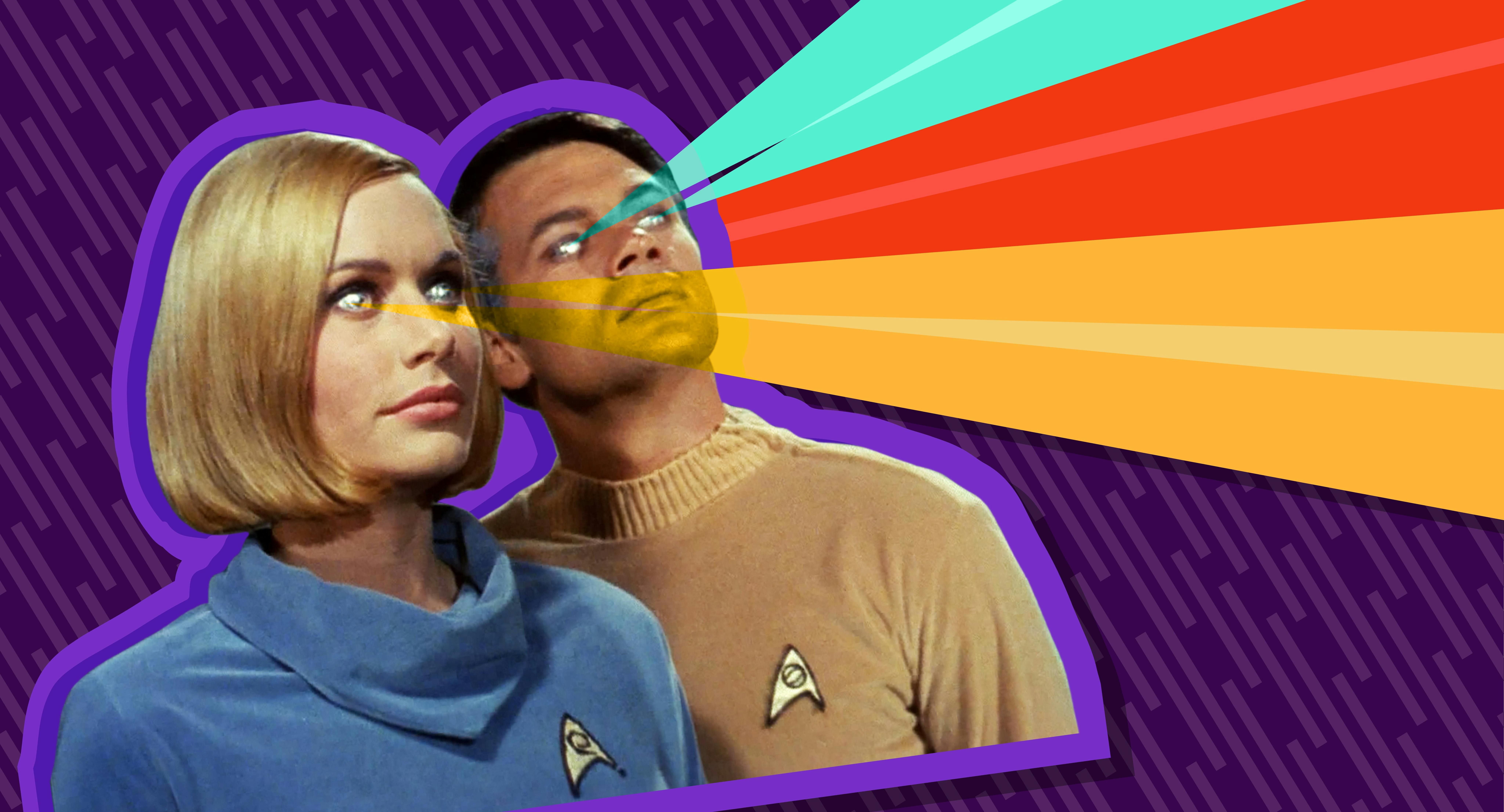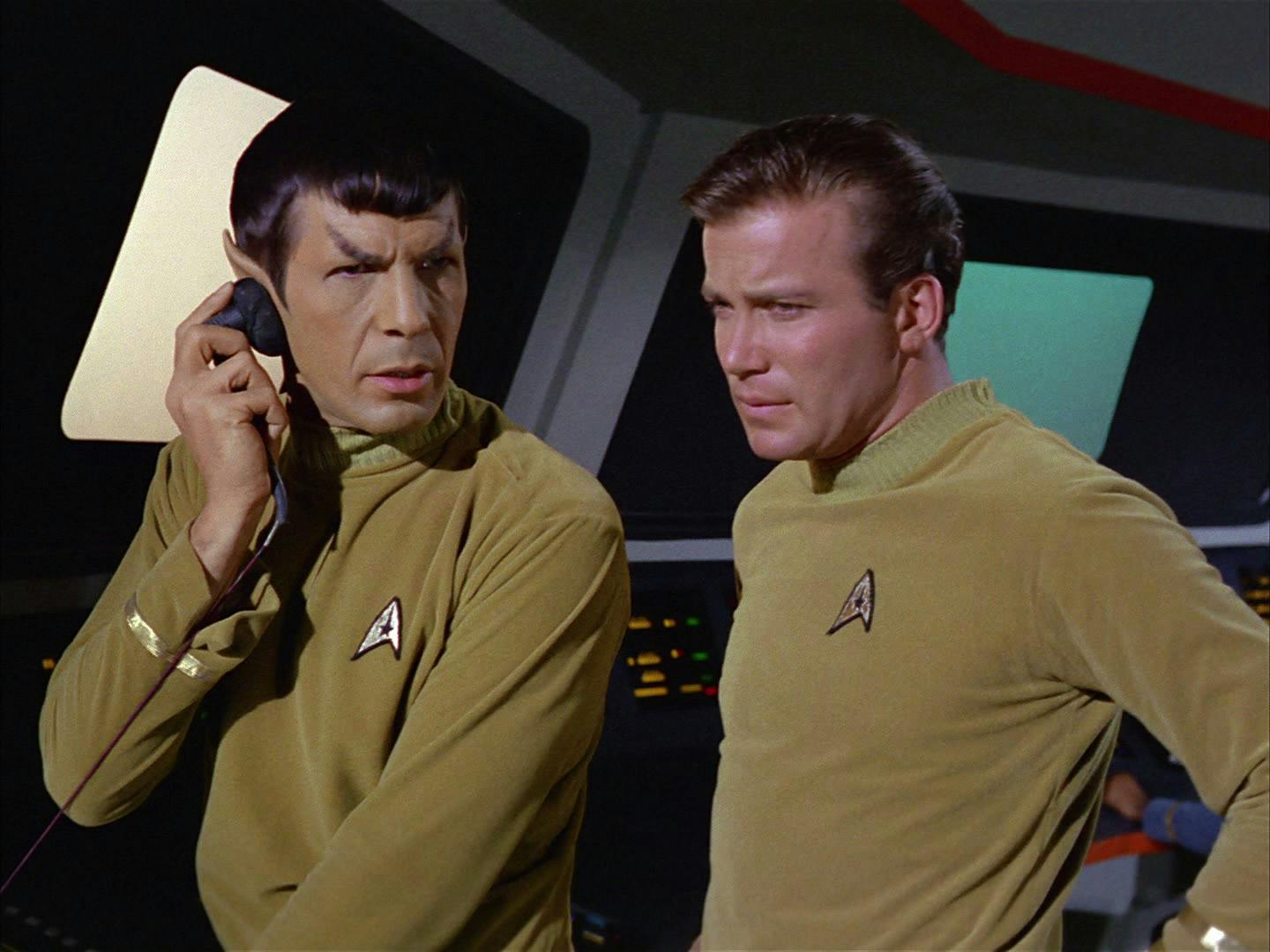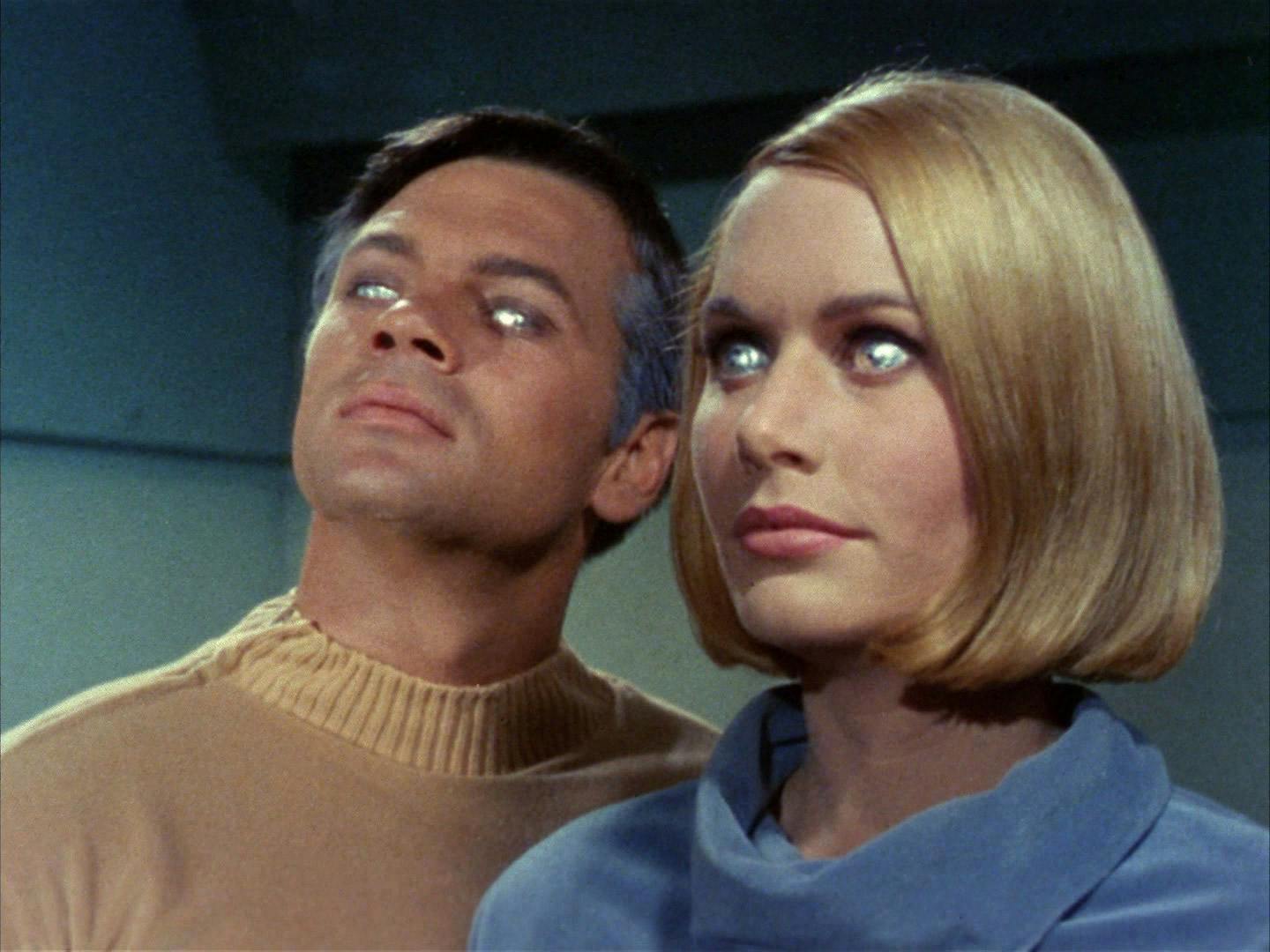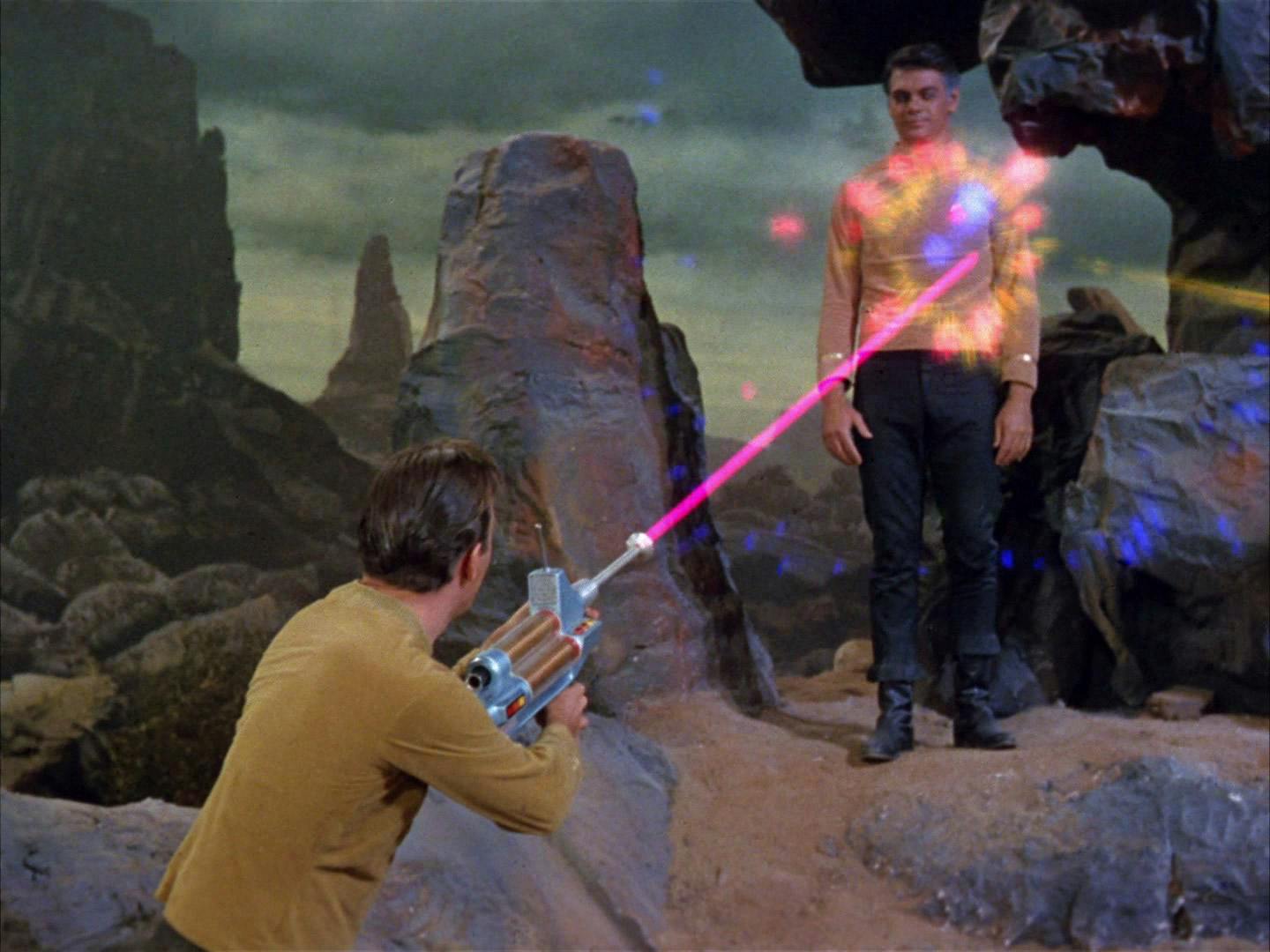Published Sep 22, 2023
A Look Back at Star Trek's Second Pilot 'Where No Man Has Gone Before'
Let's re-examine the hour that convinced NBC to green light the series!

StarTrek.com
"" first aired on this date in 1966.
As most fans know, this episode, written by Samuel A. Peeples and directed by James Goldstone, was not the first hour to run. "The Man Trap" and "Charlie X" ran first. However, "Where No Man Has Gone Before" was a vitally important hour, as it was Gene Roddenberry's second pilot for the original series, and the one that convinced NBC to green light the series after having rejected Roddenberry's first stab at a pilot, "The Cage." In celebration of its anniversary, we're taking a deep dive into the episode!

"Where No Man Has Gone Before"
Almost Where It All Started
After NBC passed on "The Cage," . For her part, even though she didn't fully understand the project, she believed in its message as well as its creator.
While NBC liked what they saw with "Where No Man Has Gone Before," the network found the premise too cerebral to lead the series, opting for something with more traditional action out the gate, which was how it became the third episode of the first season.

"Where No Man Has Gone Before"
StarTrek.com
Production Connections
Episode director James Goldstone was initially hired for his opinion on which of three scripts ("Where No Man Has Gone Before," "Mudd's Woman," and "The Omega Glory") should be made as the second pilot to present to NBC. Despite his best friend Stephen Kandel penning "Mudd's Women," he believed "Where No Man Has Gone Before" was the strongest choice. It's also with this episode where we're introduced to one of the central themes of the series — the struggle between emotions and reason, as seen through Gary Mitchell's increasingly erratic behavior.
Academy Award-winning cinematographer Ernest Haller (Gone with the Wind) came out of semi-retirement at Goldstone's recommendation to DP the episode.
Gary Lockwood, who played Lt. Commander Gary Mitchell, had previously worked with Roddenberry on The Lieutenant. Lockwood, of course, went on to greater sci-fi fame with the film 2001: A Space Odyssey.
Sally Kellerman, who portrayed Dr. Elizabeth Dehner, went on to star as Major Margaret "Hotlips" Houlihan in the film M*A*S*H.
With Jeffrey Hunter's refusal to reprise his role as Captain Pike from "The Cage," the franchise gets its introduction to William Shatner's charismatic and confident Captain James Kirk.

"Where No Man Has Gone Before"
StarTrek.com
Behind-the-Scenes Tidbits
The phaser rifle made its one and only appearance in this episode.
In the episode, Gary Mitchell states that "The Nightingale Woman" was one of the "most passionate love sonnets of the past couple centuries." In actuality, the poem was written by Roddenberry about the plane he flew during World War II.
The silver contacts worn by Gary Lockwood and Sally Kellerman were designed by Los Angeles optician John Roberts, who placed tinfoil between two lenses which covered the entire eye. While Kellerman had no difficulties with the lenses, Lockwood was unable to see through them unless he looked down while tilting his head upwards. He utilized this to his advantage to convey Mitchell's increasingly arrogant behavior.
This is the only episode where Spock and Scotty wear gold and tan tunics instead of their better known blue and red, respectively.
Speaking to about the episode, Star Trek's longevity, and her and Lockwood's enduring association with Trek, Kellerman said, "(Lockwood and I) had no idea we’d be talking about it (50) years later, but it’s really great. It’s like the gift that keeps on giving. We really had nothing to do with it. We just happened to be in the episode."

"Where No Man Has Gone Before"
StarTrek.com
Memorable Lines
One of the best lines in the episode was Kirk's frustrated plea to Spock regarding the decision to maroon Mitchell, "Will you try for one moment to feel? At least act like you've got a heart."
Another memorable bit of dialogue, uttered by Mitchell to Kirk, "You should've killed me while you could, James. Command and compassion are a fool's mixture."
The opening scene of a game of three-dimensional chess between Kirk and Spock quickly established the differences in humans and Vulcans:
Have I ever mentioned you play a very irritating game of chess, Mr. Spock?"
"Irritating? Ah, yes. One of your Earth emotions.
Kirk and Spock
"Above all else, a god needs compassion," pleads Kirk as he reasons with Mitchell.
Mitchell proclaims, "Morals are for men, not gods."
Kirk quotes the British historian, Lord Acton, to Elizabeth, "Do you like what you see? Absolute power corrupting absolutely?"
The Strange Energies That Saved Star Trek





